If you’re the proud owner of a Monstera deliciosa, commonly known as the Swiss cheese plant, you may have noticed your plant’s leaves occasionally turning brown. While it’s natural for plants to shed old or damaged foliage, it’s crucial to understand the causes and solutions for this issue. In this comprehensive guide, we’ll explore why Swiss cheese plant leaves turn brown, whether you should trim them, and how to prevent this problem in the future.
Understanding Swiss Cheese Plants (Monstera deliciosa)
Native to the tropical rainforests of Central and South America, Monstera deliciosa is renowned for its unique, perforated leaves that resemble Swiss cheese. These plants can grow up to 20 feet tall in their natural habitat but are popular as manageable indoor plants with proper care.
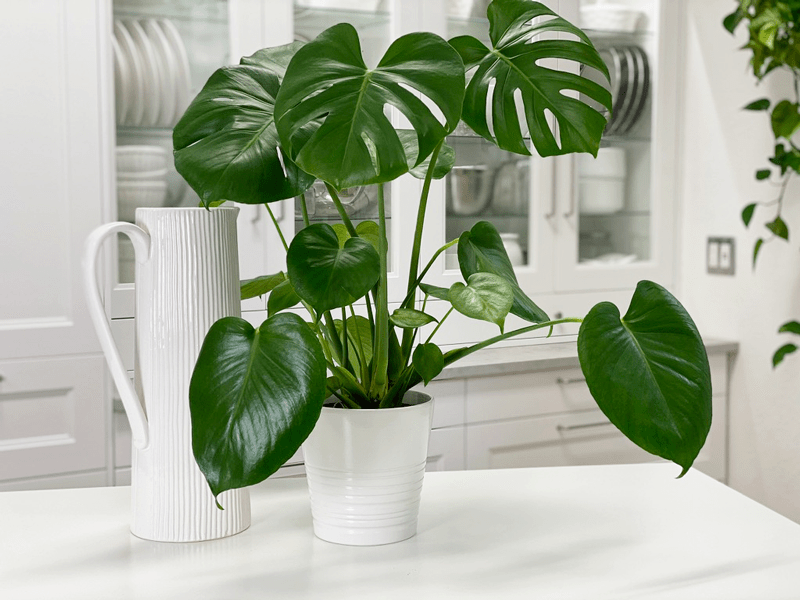
Common Causes of Brown Leaves on Swiss Cheese Plants
- Overwatering: Excess water can lead to root rot, causing leaves to brown and wilt.
- Underwatering: Insufficient water causes leaves to dry out and turn brown.
- Improper lighting: While Monsteras prefer bright, indirect light, direct sunlight can scorch leaves.
- Pests: Infestations of aphids, spider mites, or mealybugs can cause leaf browning.
- Low humidity: As tropical plants, Monsteras thrive in high humidity environments.
For more insights on Monstera care, including preventing brown leaves, check out our comprehensive Monstera Care Guide.

Should You Cut Off Brown Leaves on Your Swiss Cheese Plant?
The decision to remove brown leaves depends on several factors:
- Limited browning: If only a few small areas are affected, it’s often best to leave them, especially if new growth is present.
- Widespread browning or pest infestation: Trimming affected leaves can prevent issues from spreading and redirect the plant’s energy to healthy growth.
- Plant stress: Remember that removing leaves can stress the plant, so only trim when necessary.
For expert advice on healing your Monstera, refer to our detailed guide on Monstera Plant Recovery.
Preventing Brown Leaves: Essential Care Tips
- Watering: Allow soil to dry slightly between waterings. Use a moisture meter for accuracy.
- Lighting: Place in bright, indirect light. Avoid direct sunlight.
- Fertilization: Use a balanced liquid fertilizer during the growing season (spring through fall).
- Pest control: Regularly inspect for pests and treat promptly if detected.
- Pruning: Remove damaged or dead foliage to encourage healthy growth.

For those seeking low-maintenance alternatives, consider adding a Sansevieria to your collection. These hardy plants are perfect for busy plant parents.
Enhancing Your Indoor Jungle: Beyond Monstera
While Monstera deliciosa is a stunning addition to any home, consider diversifying your indoor garden with these beautiful and complementary plants:
- Philodendron: With similar care requirements to Monstera, Philodendrons offer a variety of leaf shapes and colors.
- Epipremnum (Pothos): These trailing plants are perfect for hanging baskets or climbing structures.
- Anthurium: Add a pop of color with these flowering plants that thrive in similar conditions to Monstera.
- Syngonium: Known for their arrow-shaped leaves, Syngoniums are great companions to Monstera.
- Rare Variegated Plants: For collectors, our selection of rare variegated plants offers unique additions to your plant family.
Conclusion: Nurturing Your Swiss Cheese Plant
By understanding the causes of brown leaves and implementing proper care techniques, you can keep your Monstera deliciosa thriving. Remember, each plant is unique, so observe your Swiss cheese plant closely and adjust care as needed. With patience and attention, you’ll enjoy a lush, healthy Monstera for years to come.
Ready to expand your indoor garden? Explore our curated collection of premium plants and find the perfect companions for your Monstera!
FAQs:
- Why are the leaves on my Swiss cheese plant turning brown?
Brown leaves can be caused by several factors:
- Underwatering: The most common reason. The edges or tips of leaves dry out and turn brown.
- Overwatering: Leads to root rot, causing leaves to turn brown or black and become mushy.
- Low humidity: Especially common in winter. Leaves may develop brown tips or edges.
- Sunburn: Direct sunlight can scorch leaves, causing brown patches.
- Natural aging: Older leaves naturally turn brown and die off.
- Should I cut off brown leaves?
Yes, you can trim off fully brown leaves. This is purely aesthetic and won’t harm the plant. However, if only part of the leaf is brown, leave it. The green portion is still photosynthesizing and providing energy for the plant.
- How do I cut off brown leaves?
Use clean, sharp scissors or pruning shears. Cut the leaf stem as close to the main vine as possible without damaging it.
- Will cutting off brown leaves help my plant?
Removing fully brown leaves can improve the plant’s appearance and prevent fungal growth. However, it won’t solve the underlying problem causing the browning.
- How can I prevent brown leaves in the future?
- Watering: Water thoroughly when the top inch of soil is dry. Avoid overwatering.
- Humidity: Increase humidity by misting the leaves, using a pebble tray, or running a humidifier.
- Light: Provide bright, indirect light. Avoid direct sunlight.
- Temperature: Swiss cheese plants prefer temperatures between 65-85°F (18-29°C).


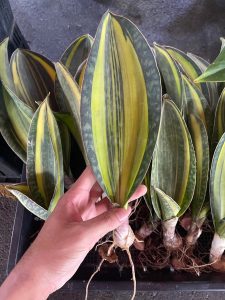
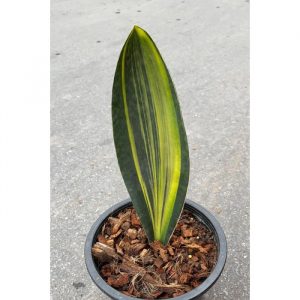
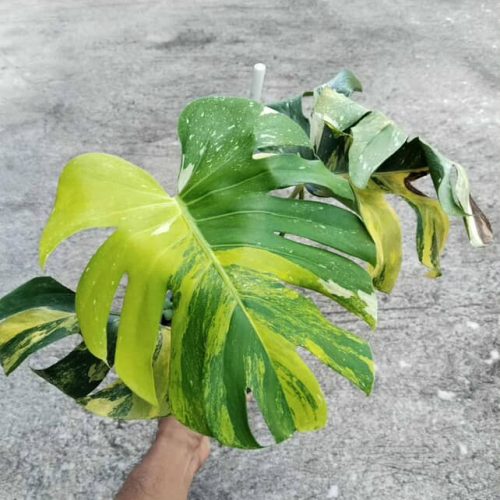
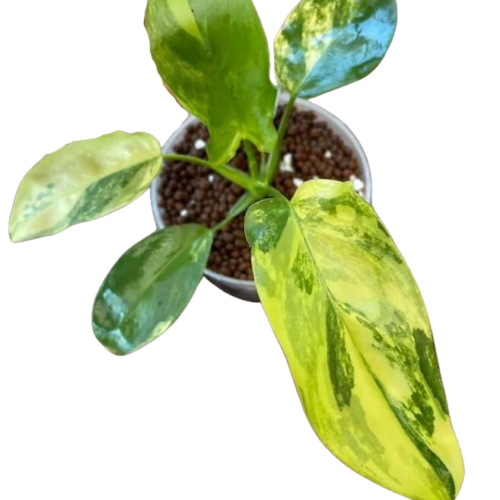
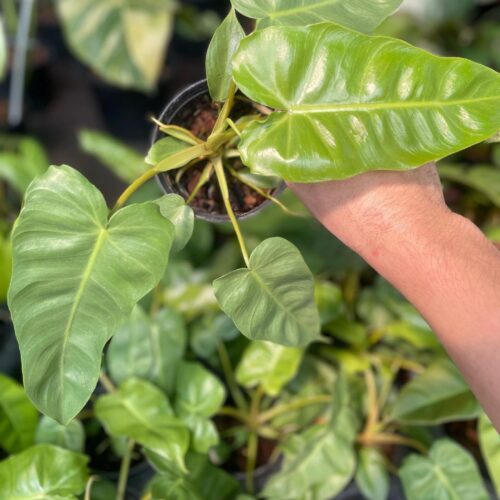
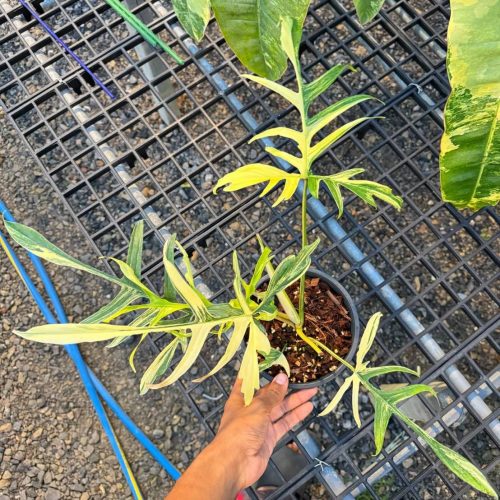
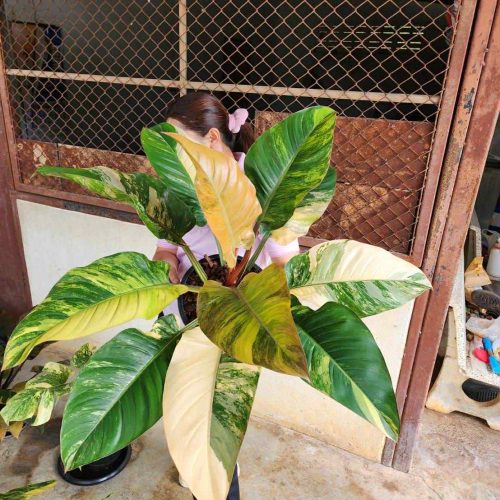
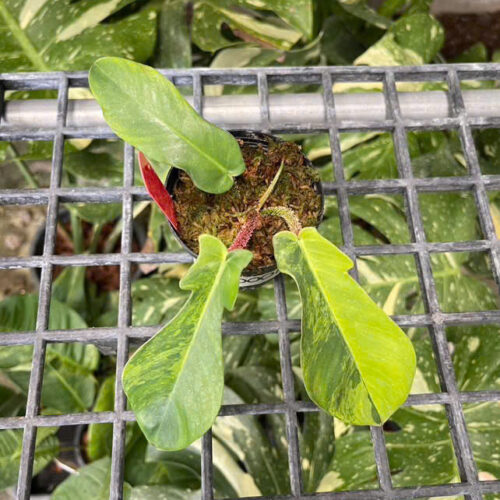
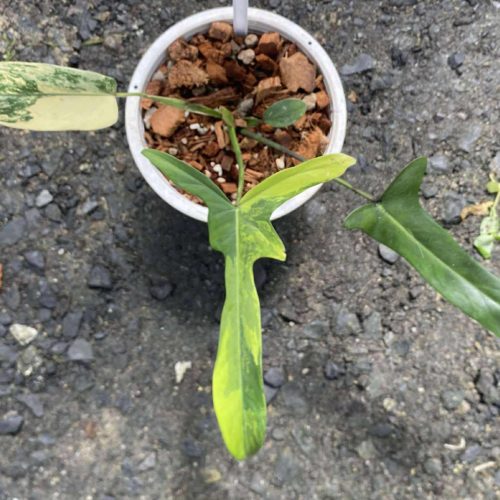
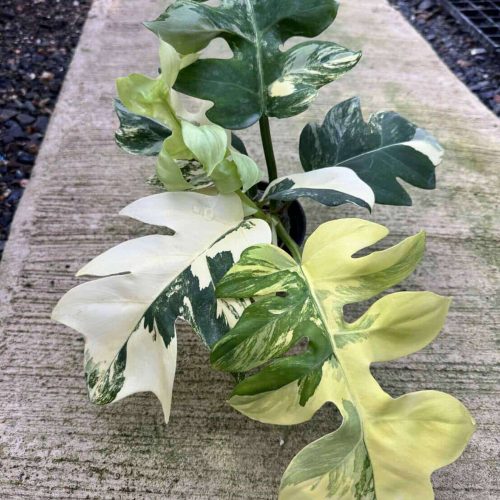
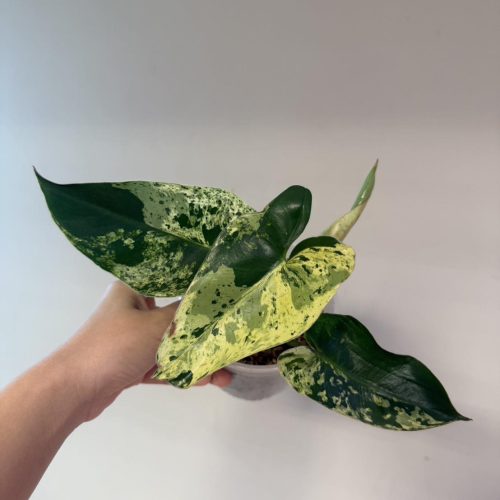
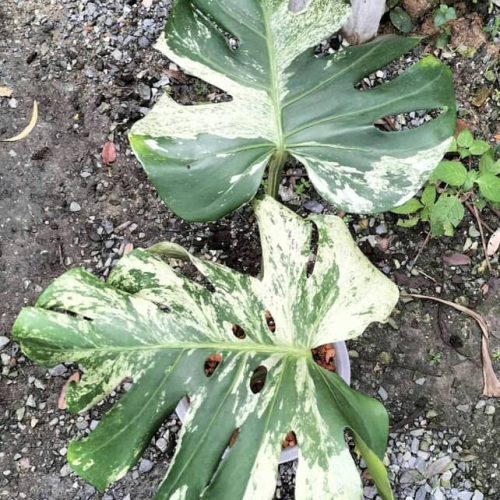
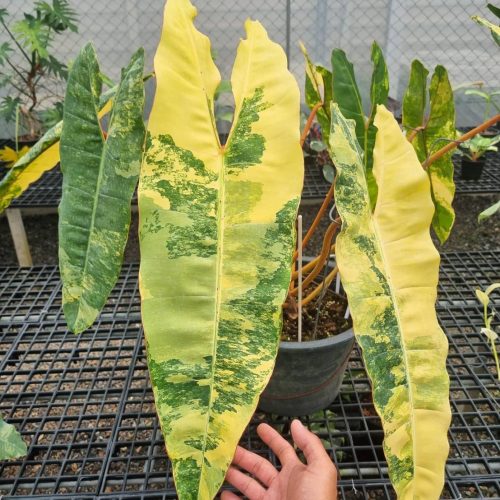

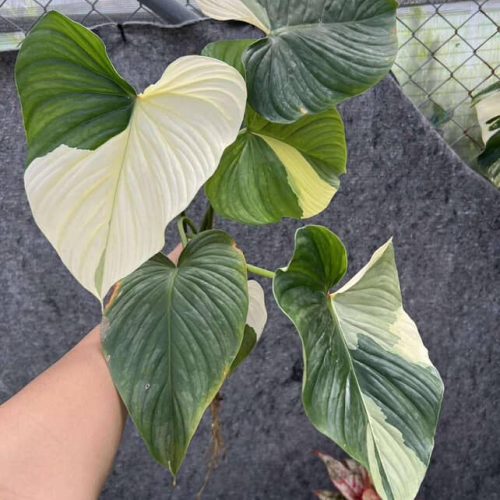
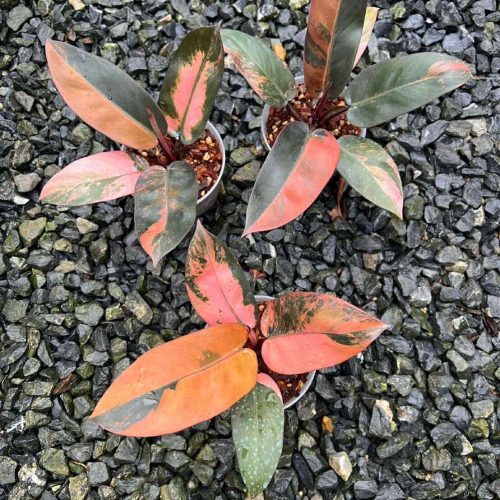
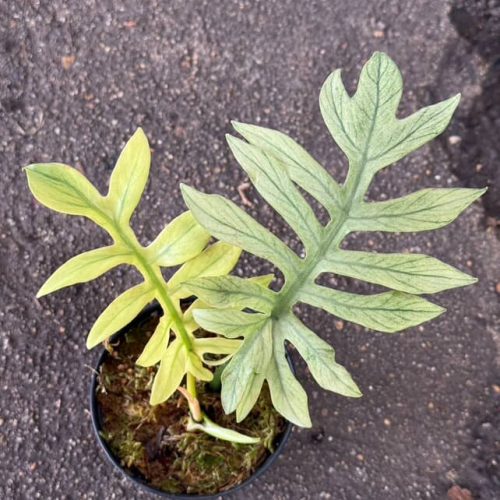
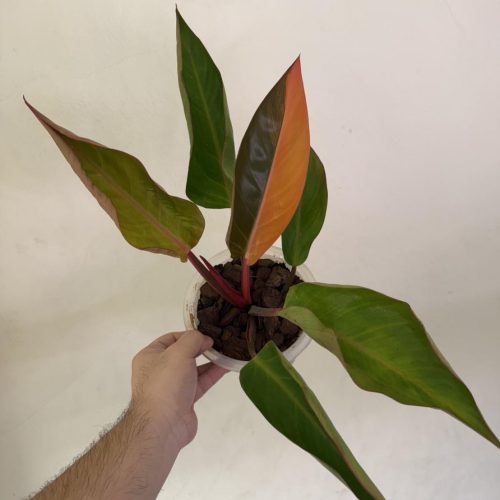
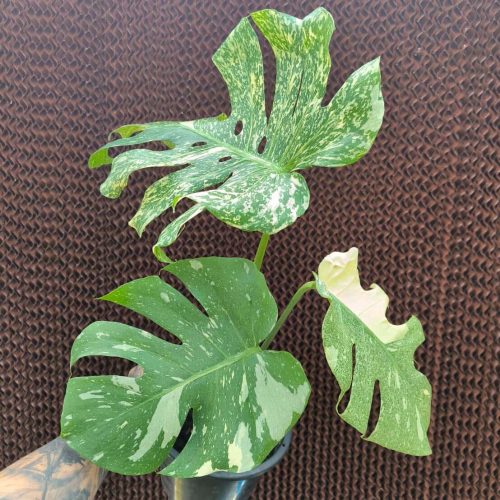
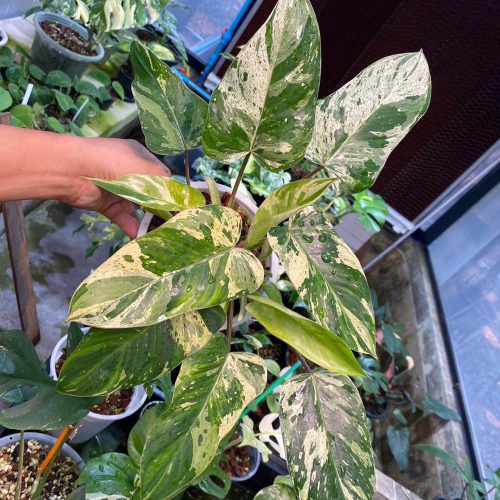
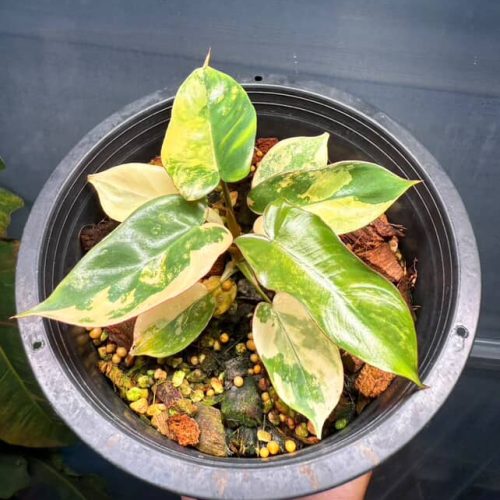
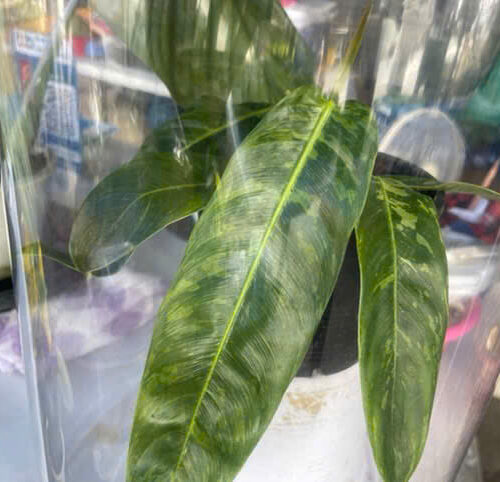
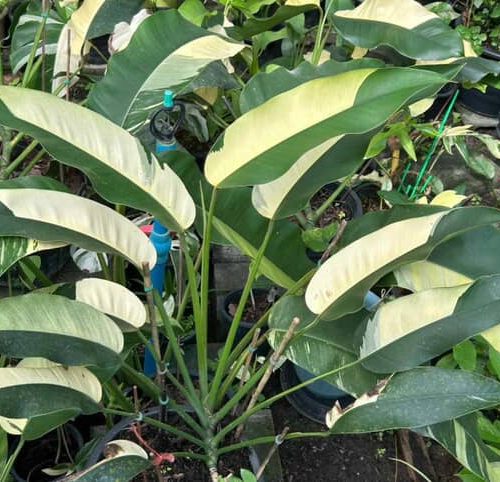
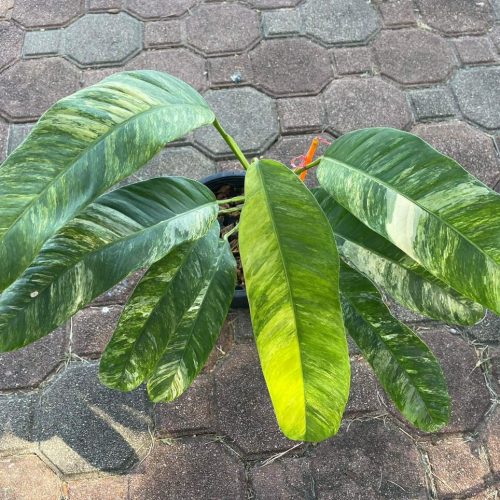


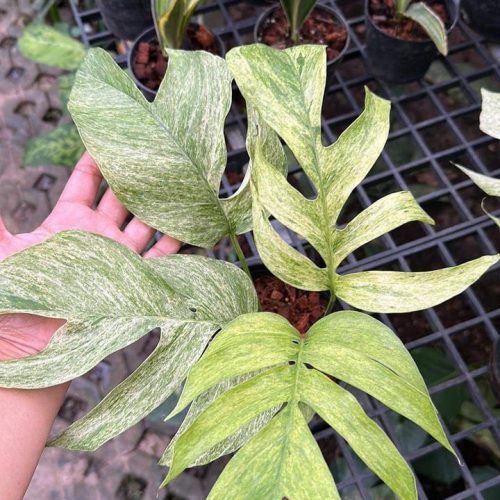




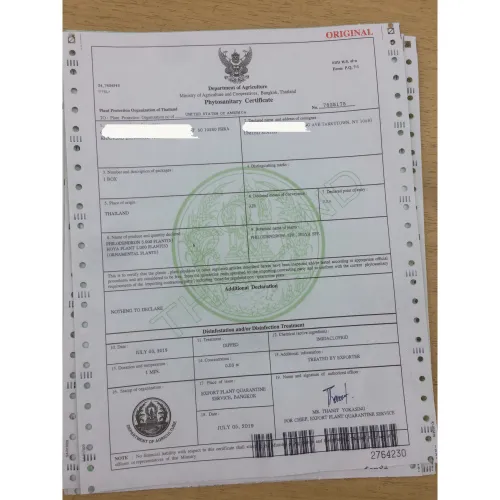

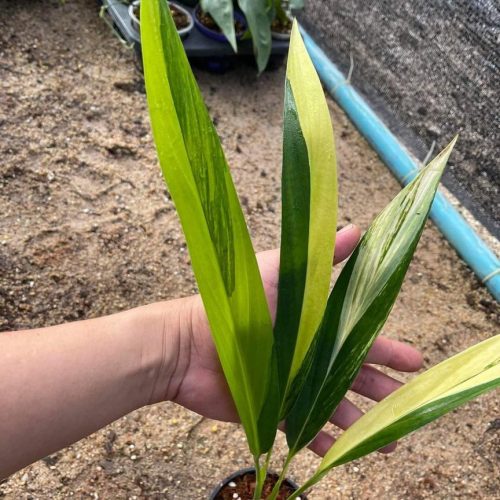
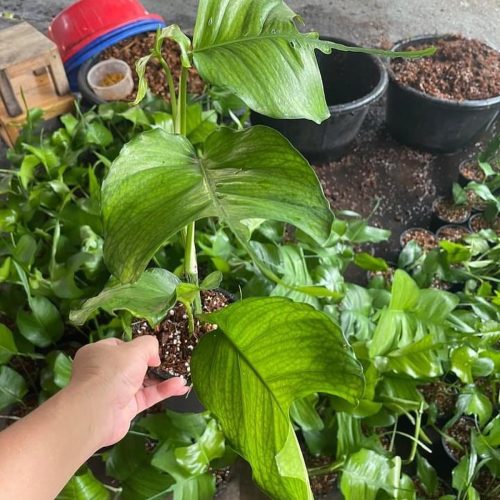
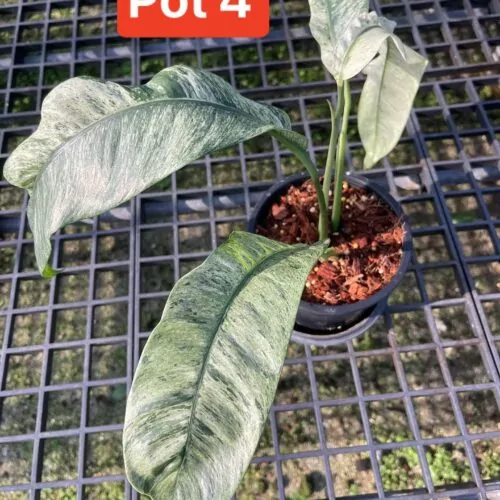
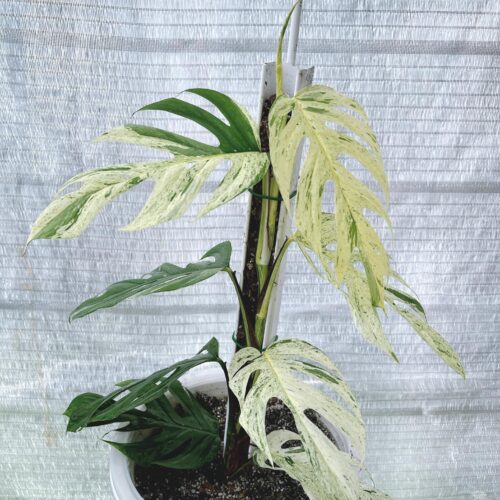



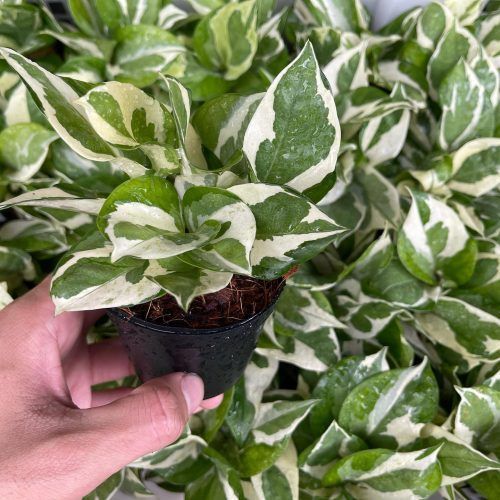
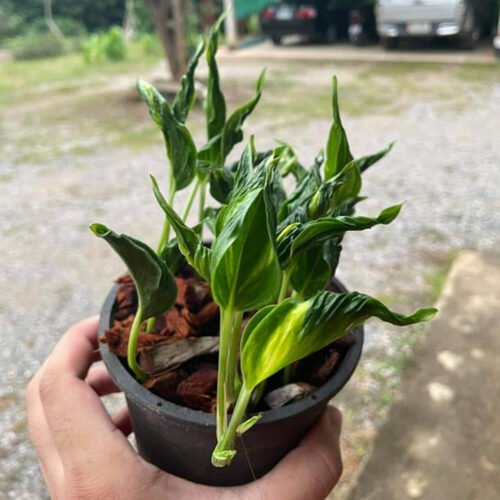

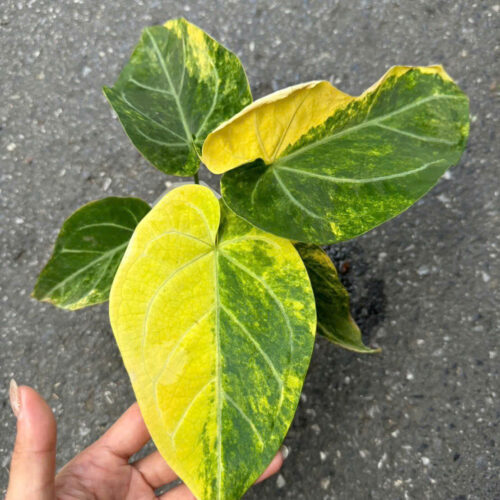

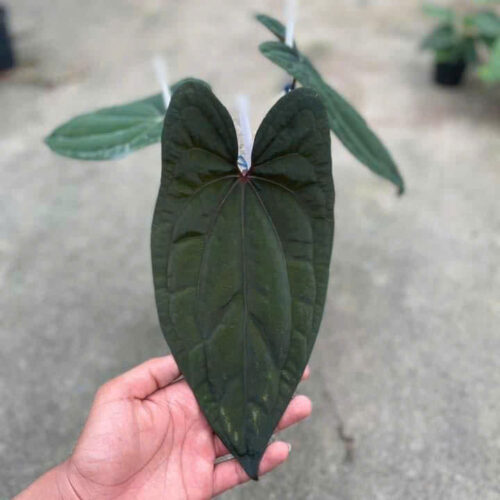
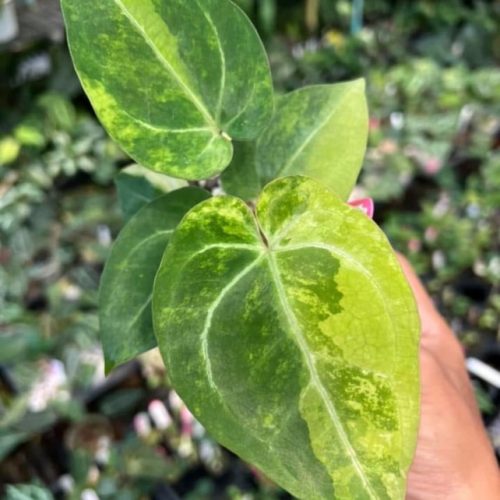
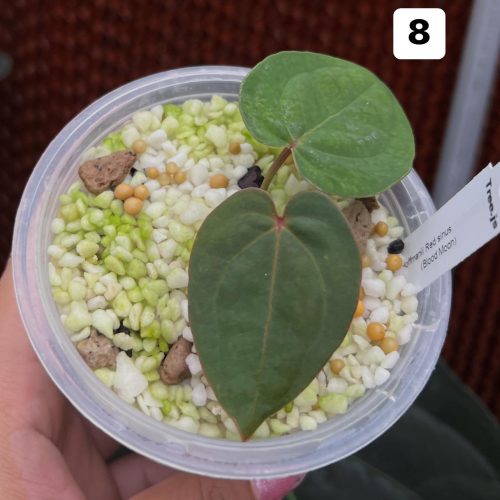
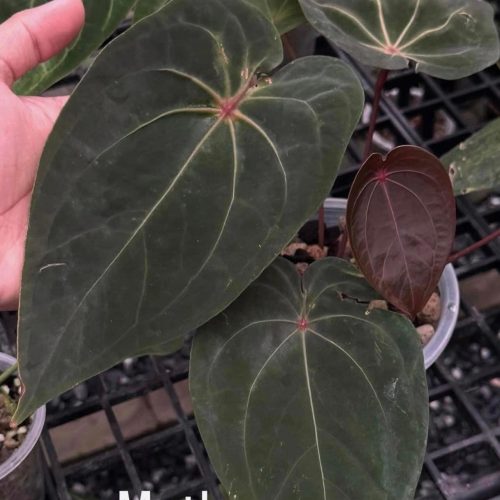
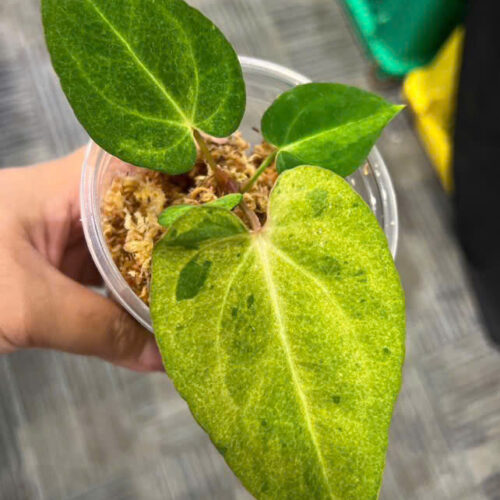
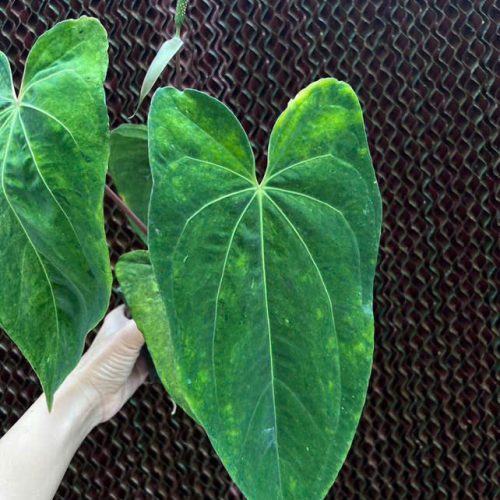

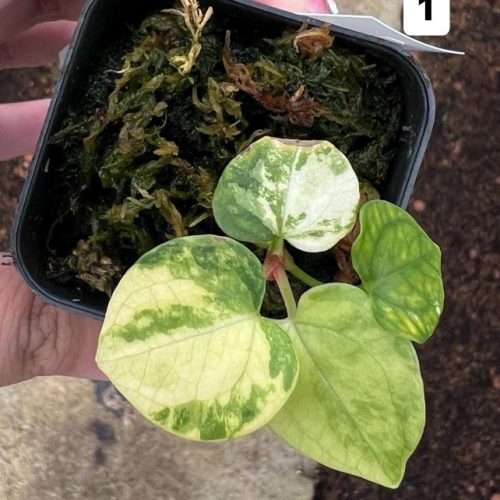
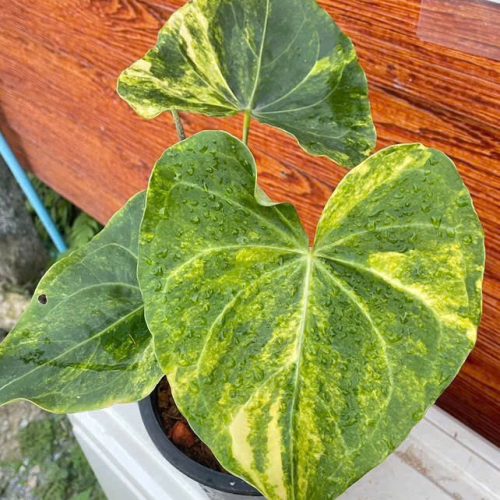
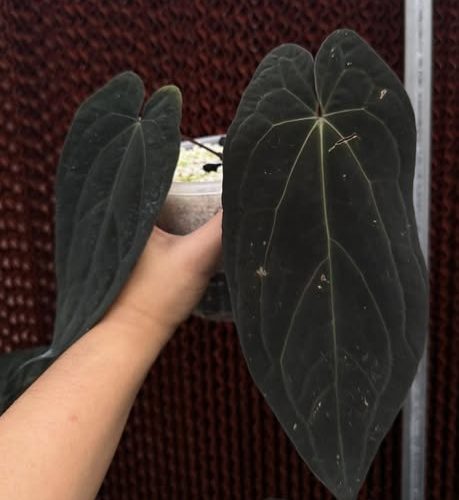
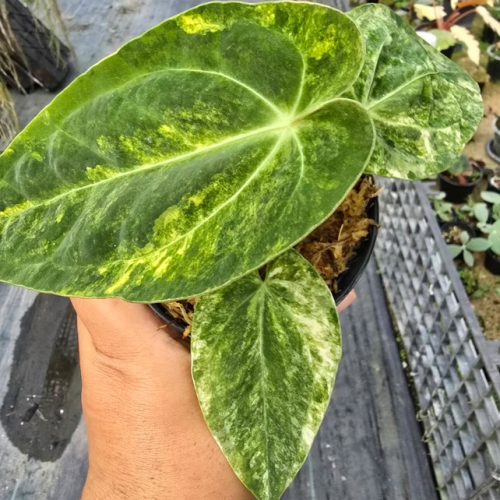

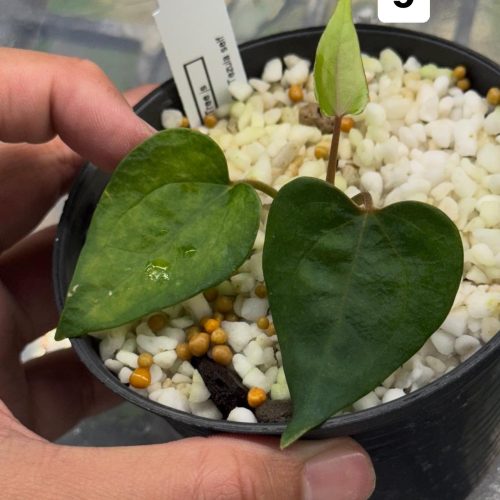
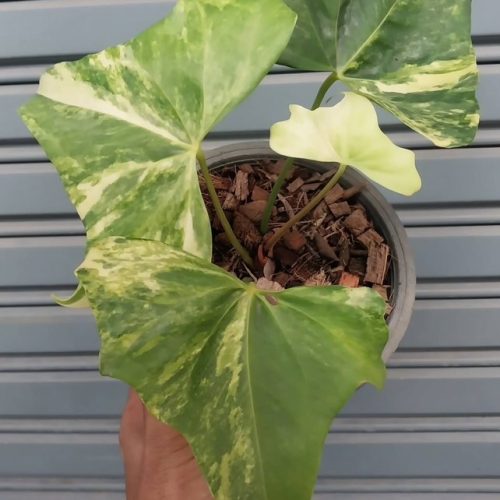
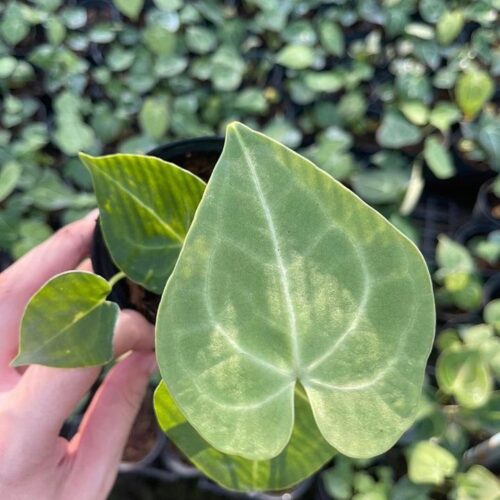
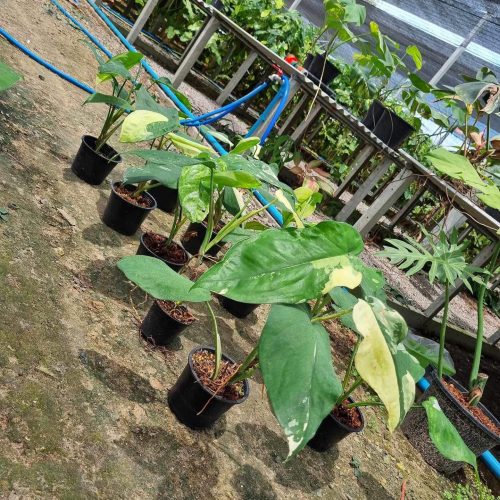

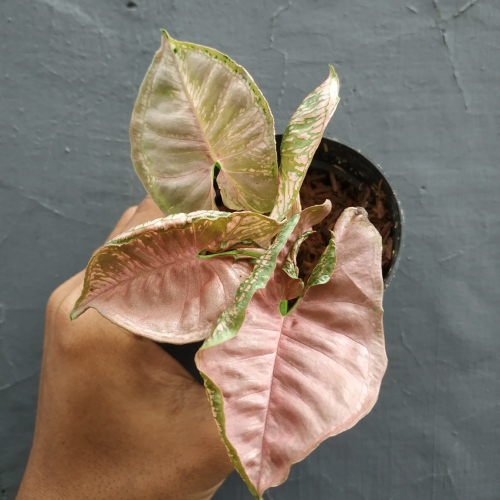
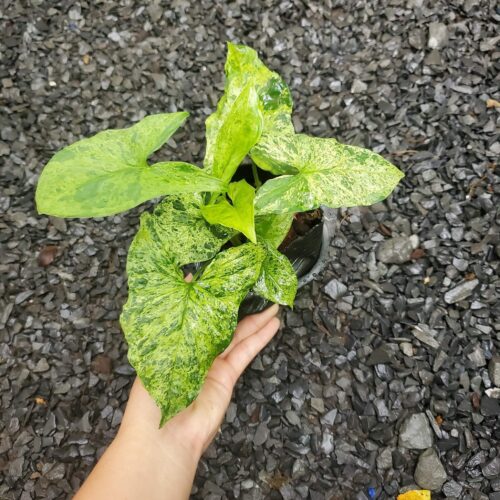
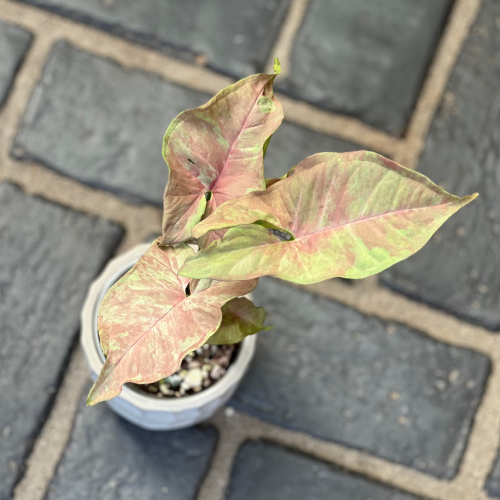

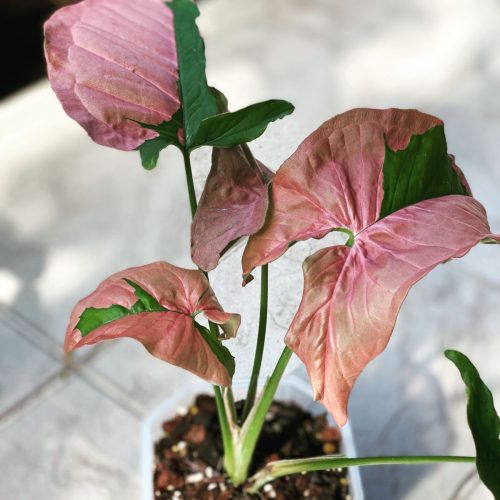

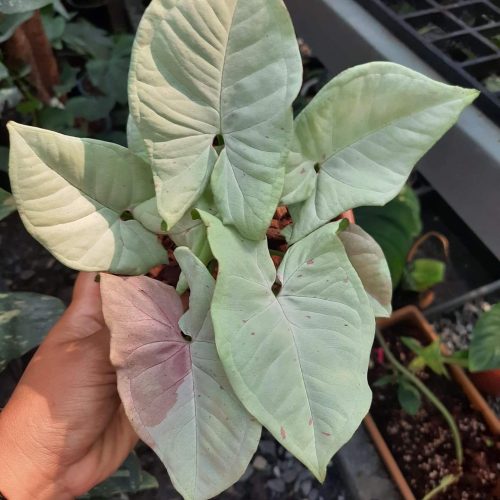

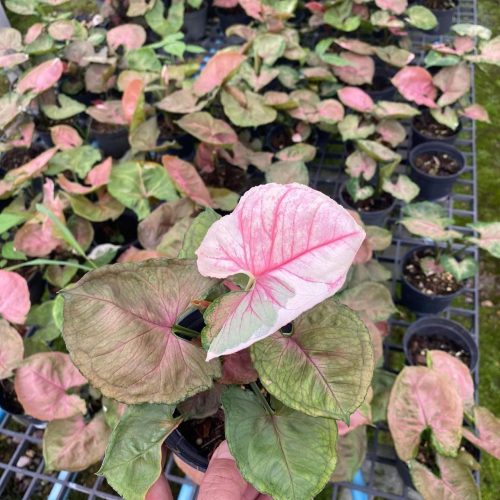
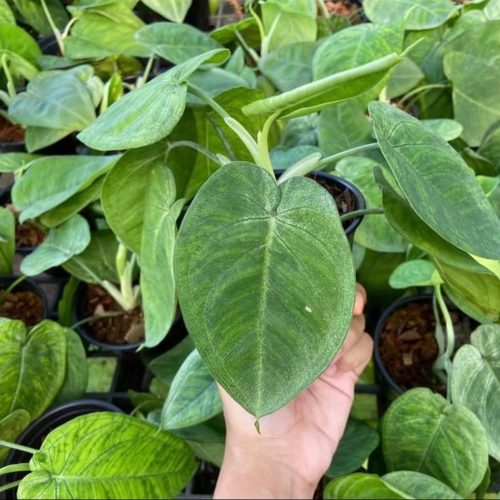
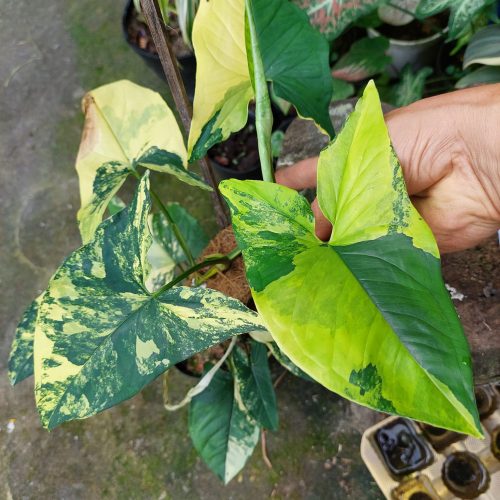



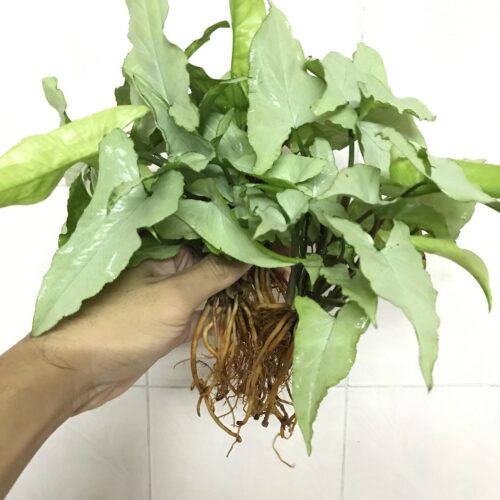
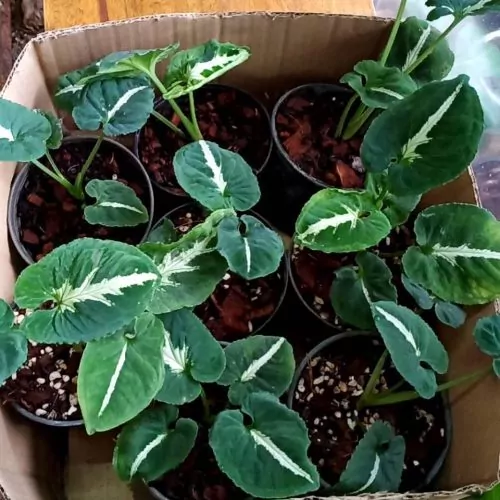
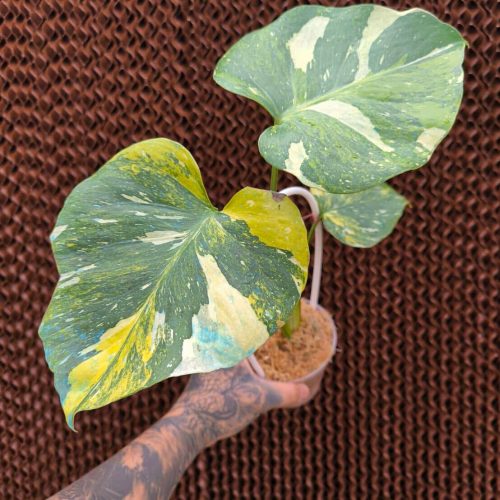

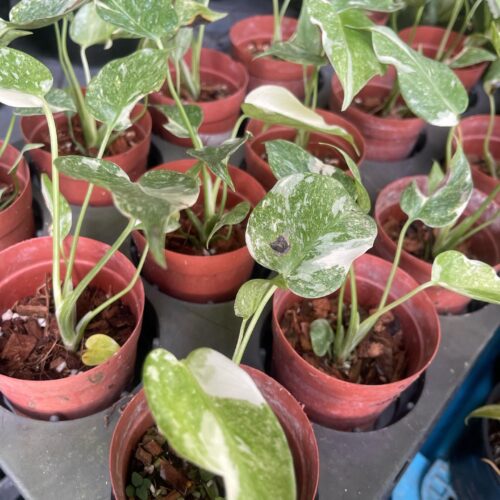
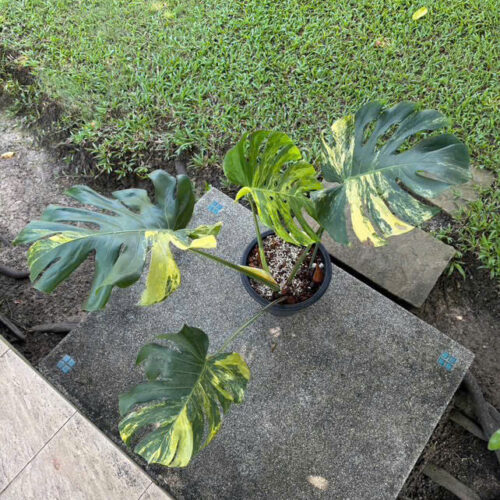
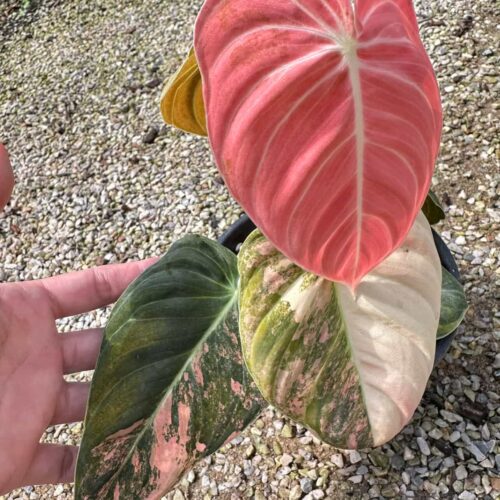

Help please leaves are just going .brown look it’s dieing!!!